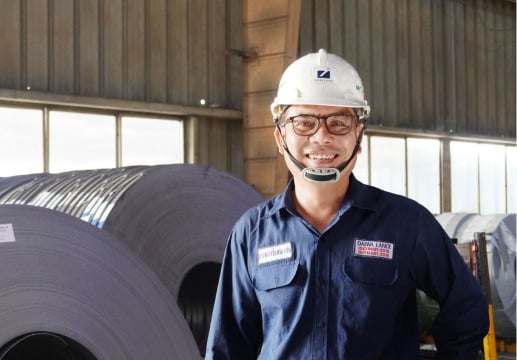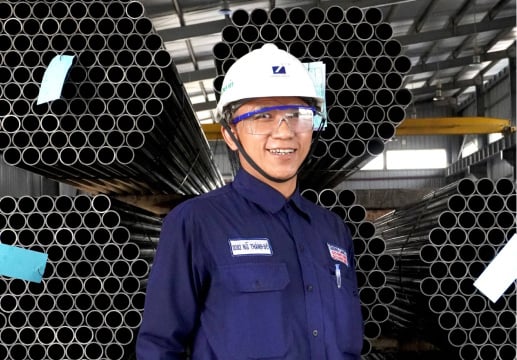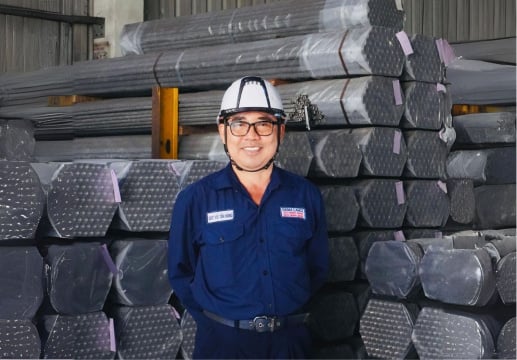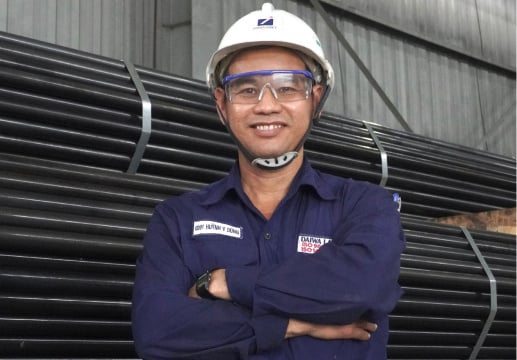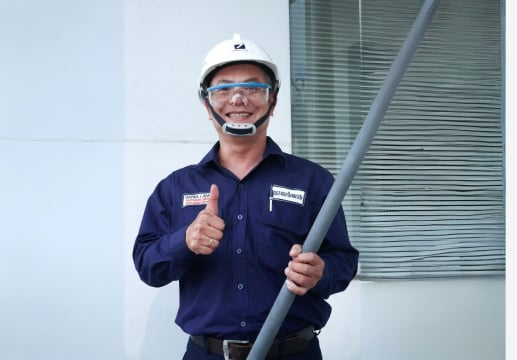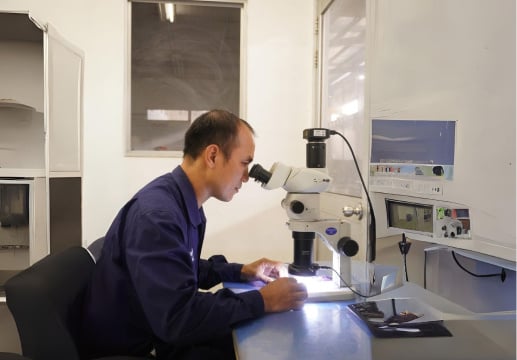Pipe Size
In the context of industrial cutting tools, size refers to the physical dimensions and measurements of the tool. This includes parameters such as length, diameter, thickness, weight, and other relevant dimensions that are integral to the pipes' design and functionality.
Selecting the right pipe size is not merely about aesthetics; it directly impacts flow rate, pressure, and overall performance.
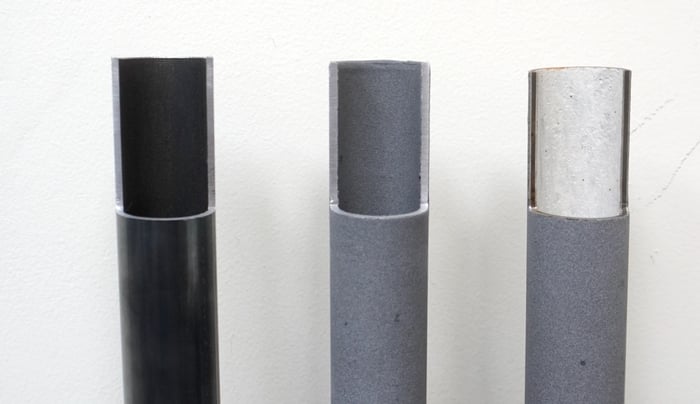
Several factors influence the choice of pipe size for a specific project. These factors include:
- Flow Rate Requirements:
Determining the required flow rate is crucial in selecting an appropriate pipe size. A higher flow rate will necessitate a larger pipe diameter to prevent bottlenecks and maintain efficiency.
- Pressure Considerations:
Different applications demand varying levels of pressure. Proper pipe sizing ensures that pressure requirements are met while minimizing the risk of leaks or bursts.
- Pipe Material and Type:
The material and type of pipe, such as PVC, copper, or steel, can affect its maximum flow capacity and durability. Understanding these characteristics is essential in making the right choice.
- Length of the Pipe:
The total length of the pipeline impacts the frictional losses, which can affect flow rate and pressure. Longer pipes may require larger diameter pipes to offset these losses.

